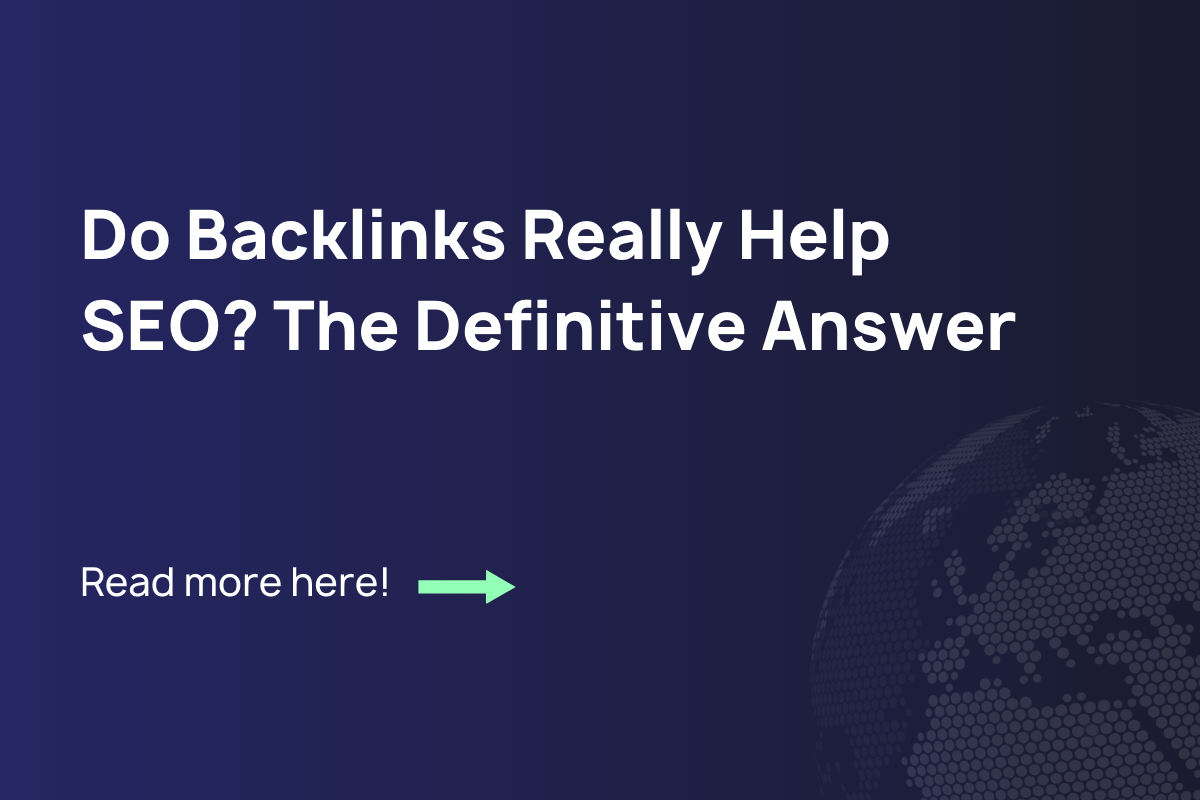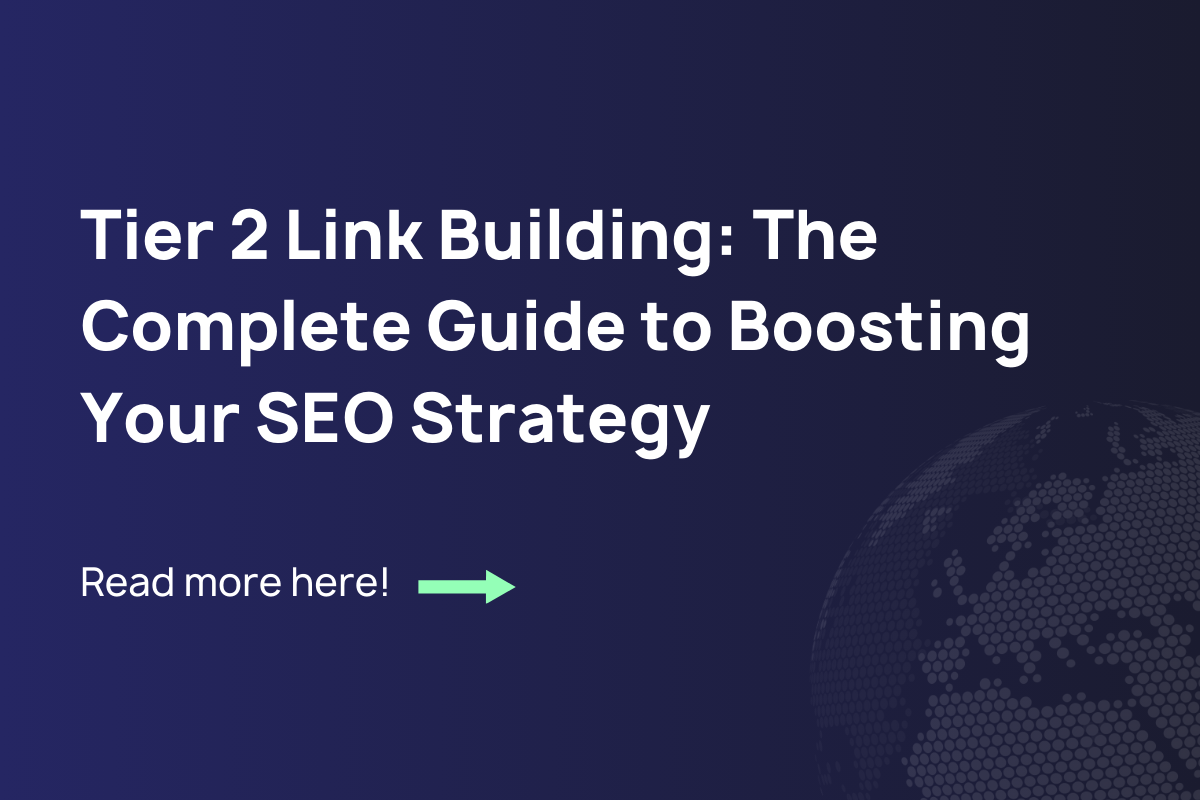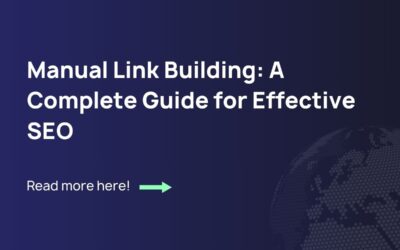What is White Hat Link Building?
When you’re building links to your website, you’re essentially gathering votes of confidence from other sites across the web. But not all votes are created equal. White hat link building refers to the ethical, Google-approved methods of earning backlinks that follow search engine guidelines while providing genuine value to users.
Think of white hat link building as the long-term investment strategy of SEO. Sure, you could try to game the system with shortcuts, but sustainable growth comes from building something that genuinely deserves recognition.
At Search Royals, we’ve seen firsthand how proper white hat techniques transform search visibility. One client in the SaaS space saw a 142% increase in organic traffic within just six months of implementing our white hat strategy – not because we were gaming algorithms, but because we were actually addressing what both users and Google want: quality.
What makes a link truly “white hat”? These characteristics stand out:
- Editorial merit – The link is given voluntarily because your content deserves to be referenced
- Relevance – The linking site has topical connection to yours
- Natural placement – The link appears within content where it makes contextual sense
- Value-adding – The link enhances the user experience on the referring page
- Diversified – Your backlink profile shows variety in referring domains and contexts
White Hat vs. Black Hat Link Building
“I need backlinks fast – can’t I just buy a bunch from some service?”
I hear this question constantly from impatient business owners. Understandable, but dangerous territory.
Let’s clear the air on what separates legitimate link building from tactics that will eventually sink your site. The distinction isn’t just ethical – it’s practical.
Black hat link building might deliver a temporary boost, but Google’s algorithms have become frighteningly good at detecting manipulation. With SpamBrain and continuous updates to their link analysis systems, shortcuts eventually become liabilities.
Consider the case of an e-commerce client who came to us after being hit with a manual penalty. Before working with us, they had purchased hundreds of links from a “premium link building service.” Their traffic plummeted 78% overnight when Google caught on. Recovery took eight months of disavowing links and rebuilding their profile from scratch.
White hat approaches focus on:
- Creating content people genuinely want to link to
- Building relationships with relevant publications
- Adding value to conversations in your industry
- Earning links through merit rather than manipulation
The difference is sustainability. While black hat methods promise quick results, they carry significant risks:
| White Hat | Black Hat |
|---|---|
| Sustainable long-term growth | Temporary gains, eventual penalties |
| Builds brand authority | Damages brand reputation |
| Increases with content quality | Disconnected from actual value |
| Diversified, natural link profile | Obvious patterns that trigger algorithms |
| Value-driven | Manipulation-driven |
Proven White Hat Link Building Techniques
Now, let’s get into the techniques that actually work in 2025. I’ve personally overseen hundreds of successful link building campaigns, and these approaches consistently deliver results while keeping your site safe.
1. HARO and Quote Request Platforms
HARO (Help A Reporter Out), now part of Connectively, along with similar platforms like Terkel, creates perfect win-win scenarios. Journalists need expert input, and you need authoritative backlinks.
The key is being responsive and adding genuine value. When we implemented a systematic HARO approach for a B2B client, focusing exclusively on their core expertise areas, we secured 14 high-authority links within three months.
Tips for HARO success:
- Respond quickly (ideally within 2 hours of receiving queries)
- Provide specific, actionable insights rather than general information
- Include relevant credentials that establish your expertise
- Keep responses concise and directly address the journalist’s needs
2. Creating Linkable Assets
What makes content truly linkable? It’s not about length – it’s about uniqueness and utility.
Some of the most effective linkable assets include:
Original Research and Data Studies: When we created a comprehensive industry survey for a financial services client, analyzing 500+ companies, it generated 87 backlinks from industry publications within six months.
Interactive Tools: Calculators, generators, and assessment tools solve problems while showcasing expertise.
Comprehensive Resource Guides: Deep, authoritative content that genuinely helps users navigate complex topics.
The most successful linkable assets share these traits:
- They offer something unavailable elsewhere
- They solve specific problems for your audience
- They’re visually appealing and easy to digest
- They include shareable elements (charts, statistics, frameworks)
3. Strategic Guest Posting
Guest posting isn’t dead – but low-quality, mass-produced guest posting certainly is.
The modern approach is highly selective and focused on authority, relevance, and genuine value. When done correctly, guest posting remains one of the most reliable white hat techniques.
I recently worked with a SaaS founder who secured five guest posts on leading industry publications. Rather than focusing on link acquisition alone, we crafted genuinely valuable content that addressed gaps in the industry conversation. The result wasn’t just links – it was establishing thought leadership that led to speaking engagements and partnership opportunities.
For effective guest posting in 2025:
- Focus on quality over quantity (5 excellent placements beat 50 mediocre ones)
- Research publications thoroughly to understand their audience and content style
- Pitch unique angles that provide genuine value to the publication’s readers
- Build relationships with editors for long-term opportunities
- Create content that would stand on its own merit even without the backlink
4. Broken Link Building
This technique remains effective because it provides clear value to webmasters – you’re helping them fix something broken while suggesting a relevant replacement.
The process involves:
- Finding relevant resource pages in your industry
- Identifying broken links on those pages
- Creating comparable or superior content
- Reaching out to webmasters with the solution
One financial advisor we worked with secured 12 high-quality links using this approach, specifically targeting educational resource pages. We identified broken links to retirement planning calculators, created an improved calculator, and offered it as a replacement.
Tools like Ahrefs, Check My Links, and Broken Link Checker make this process manageable, but success comes down to the quality of your outreach and replacement content.
5. Digital PR and Newsworthy Content
Traditional PR and SEO have merged in powerful ways. Creating newsworthy content that journalists naturally want to cover generates some of the highest-quality links possible.
Effective digital PR requires:
- Understanding what makes a story compelling to journalists
- Packaging information in easily digestible formats
- Building relationships with relevant media contacts
- Timing announcements strategically
A tech client of ours created an industry report highlighting surprising cybersecurity vulnerabilities. By packaging it with visual assets, pre-written quotes, and an exclusive angle for top-tier publications, we secured coverage (and links) from 32 publications, including several major tech sites.
- Tip: Digital PR works best when your content reveals something surprising, challenges assumptions, or provides a new angle on a trending topic.
How to Implement White Hat Link Building
With techniques in hand, let’s talk implementation. Effective white hat link building isn’t just about knowing what to do – it’s about executing systematically.
Outreach Best Practices
Your outreach approach makes or breaks your link building success. After analyzing thousands of outreach emails, clear patterns emerge in what works:
Personalization is non-negotiable. Generic templates fail spectacularly. Reference specific content they’ve published, their background, or company achievements.
Prioritize their needs over yours. Your initial outreach should focus 80% on how your proposal benefits them and their audience, 20% on what you want.
Follow up strategically. Our data shows 60% of positive responses come after the first follow-up. Create a sequence with 2-3 gentle follow-ups spaced 4-7 days apart.
Be concise. Successful outreach emails average 120-180 words. Respect their time with brevity and clarity.
A strong outreach example:
Subject: Your [Specific Article] – Adding perspective on [Topic]
Hi [Name],
Your recent piece on [specific topic] was enlightening – particularly your point about [specific detail showing you actually read it].
I’ve been researching [related topic] for 5+ years and just published new findings that expand on what you covered. It specifically addresses the [challenge/question] you mentioned in your article.
Would you be interested in taking a look? Happy to share the key insights if helpful.
Thanks for your excellent work on bringing attention to this topic,
[Your Name]
Tools That Streamline White Hat Link Building
The right tools transform link building from overwhelming to manageable:
Prospecting Tools:
- Ahrefs for competitor analysis and finding link opportunities
- Semrush for finding relevant sites in your niche
- Hunter.io or Clearbit for finding contact information
Outreach and Relationship Management:
- Pitchbox or BuzzStream for managing campaigns and relationships
- Google Sheets for smaller operations
- Boomerang or Mailtrack for email tracking
Analysis and Monitoring:
- Google Search Console for monitoring your link profile
- Ahrefs or Moz for backlink analysis
- LinkWhisper for internal linking opportunities
Rather than trying to use every tool, build a stack that addresses your specific challenges. For most businesses, focusing on one strong tool in each category is more effective than spreading across multiple options.
Case Study: White Hat Success in Action
Theory is helpful, but real-world application tells the true story. Let me share how we transformed the link profile of a struggling e-commerce site using exclusively white hat techniques.
Client Background: An outdoor gear retailer with declining organic traffic and a thin, low-quality link profile.
Challenge: Competing against major brands with massive link building budgets.
Our Approach:
- Content Foundation: We created an interactive guide on “Sustainable Hiking Practices” that included original research on environmental impact.
- Strategic Outreach: Rather than mass outreach, we identified 50 highly relevant environmental organizations, outdoor publications, and hiking communities.
- Relationship Building: Personalized outreach highlighted specific content pieces from each target and explained exactly how our research complemented their messaging.
- Multiple Asset Development: We repurposed the research into infographics, data visualizations, and expert interviews to appeal to different types of publications.
Results:
- 28 high-quality backlinks acquired within 90 days
- Domain Rating increased from 34 to 42
- Organic traffic increased by 67% year over year
- 3 links from DR 70+ environmental publications
The key insight? Focus on creating genuinely valuable content for a specific audience rather than chasing link quantities. Quality truly does beat quantity in modern link building.
Why White Hat Link Building is Worth the Long-Term Investment
I’ve worked with clients who were tempted by the allure of quick link schemes. Almost without exception, those who chose shortcuts eventually returned after penalties or disappointing results.
White hat link building isn’t just about avoiding penalties – it’s about building a sustainable competitive advantage. Links earned through merit continue generating value year after year, becoming part of your brand’s digital equity.
Think about it this way: Would you rather have 100 questionable links that might disappear next month, or 20 rock-solid endorsements from respected industry publications that strengthen over time?
The compounding effect of white hat link building becomes your moat. Each quality link:
- Increases your topical authority
- Enhances your brand credibility
- Improves rankings across related keywords
- Drives referral traffic independent of SEO value
- Becomes increasingly difficult for competitors to replicate
The future of SEO belongs to brands that prioritize sustainable, value-driven approaches. With each Google update, the gap widens between sites with earned authority and those relying on manipulative tactics.
- Long-term vision: At Search Royals, we’ve seen clients who consistently invested in white hat techniques for 24+ months outperform competitors spending 3x their budget on aggressive tactics.
Building a Sustainable Link Strategy
White hat link building isn’t a campaign – it’s a philosophy that should infuse your entire digital marketing approach.
Start by assessing your current link profile honestly. Are you building on a solid foundation, or do you need to disavow toxic links before moving forward?
Then, develop a strategic plan that aligns with your resources and goals. For smaller sites, focus on 1-2 high-impact techniques rather than trying to do everything at once.
Remember that link building is relationship building at its core. The strongest links come from genuine connections with other creators, businesses, and publications in your space.
White hat link building takes patience and persistence, but the results speak for themselves: sustainable rankings, brand authority, and the peace of mind that comes from knowing your SEO foundation is unshakeable.
As algorithms evolve and competition intensifies, ethical link building isn’t just the right approach – it’s the only approach with staying power.



